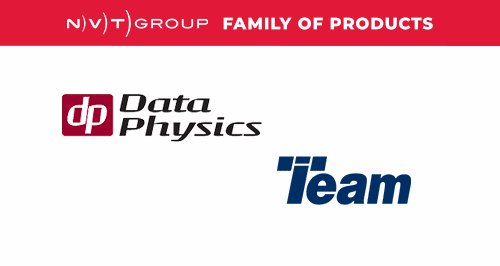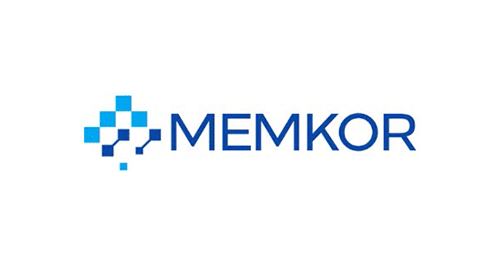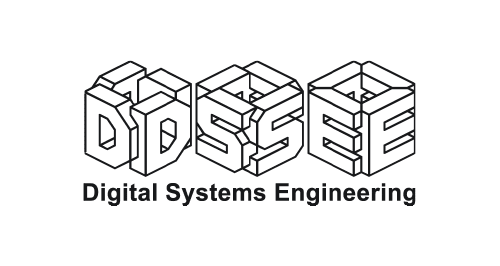Enabling Distribution Of High-Precision Time Over Optical Networks In The 5G World

As deployment of LTE-Advanced and 5G networks become increasingly common, they are bound to transform cellular communications and connectivity. However, one risk that these networks pose is their high dependence on precise time from GPS and other similar regional constellations generally known as the Global Navigation Satellite System (GNSS). They rely on the GNSS to synchronize radios, enable new applications and minimize interference. If GPS/GNSS becomes unavailable due to jamming, spoofing, failures or other events, this will likely result in service disruption, leading to a severe impact on system performance.
Disruptions in the distribution of precise time can make 5G networks vulnerable to total systems outage. However, mobile operators can protect their networks from these threats through the adoption of new technologies. These technologies not only make use of existing deployments, but also create new architectures for distributing very high-precision time over long distances. This helps minimize additional costs without compromising on necessary performance to meet the demands of 5G.
Technology Landscape
With the tremendous capacity and bandwidth gains the latest LTE-Advanced and 5G mobile networks bring, there is an opportunity to deliver new services to consumers, industries, cities and specific market segments. These new services rely on the synchronization of numerous sensors, base stations and other devices and find a variety of applications from high-bandwidth video delivery for smart phones to autonomous vehicles, smart cities and the Internet of Things (IoT) for smart factories.
This can be accomplished with the delivery of very precise time over long distances, which also allows mobile operators to maximize deployment investments by minimizing disruptions and risks. However, they need to also prepare for GPS/GNSS malfunction while taking advantage of optical networks and other existing infrastructure. This will minimize the need for expensive new investment in dark fiber.
There are stringent requirements in place for precise time and synchronization such as Prime Reference Time Clock (PRTC), as defined by standards bodies. This includes 100 nanosecond (ns) PRTC Class A (PRTC-A), 40ns PRTC Class B (PRTC-B), and 30ns enhanced PRTC (ePRTC) performance specifications. A high-quality source of time is an absolute must to meet these requirements. In addition, a very resilient, efficient and performant distribution mechanism can transport time from the source to the various devices consuming time (i.e., the base stations, sensors, vehicles, etc.).
One challenge with using GPS/ GNSS to meet these requirements is that the cost of deployment can be high due to the increasing densification of endpoints. In addition, GNSS receivers located at cell sites also bring in an element of technical vulnerability. In case the GNSS receiver is unable to track satellites properly for any reason, the radio must be removed from service quickly. This helps to avoid interference issues caused by the short holdover period of the oscillator technologies used in the radios. Therefore, operators are highly motivated to reduce or even minimize GNSS dependency at many locations in order to overcome technical and financial considerations.
Operators also need to consider factors such as the distribution of time from the source to the endpoints using the network as well as the network nodes. They also need to look into the various synchronization capabilities these network nodes can support. In general, a Precision Time Protocol (PTP) GrandMaster is found at the beginning of the timing chain and complies with 100ns PRTC-A or 40ns PRTC-B. This enables it to deliver precise time to the end of the chain within +/-1.5 microseconds. Also, the network nodes on the path typically embed a Time Boundary Clock (T-BC) capability that meets either Class A (50ns) or Class B (25ns).
These requirements and considerations require a new type of time-distribution architecture that enable operators to not only protect their mobile network against GNSS disruption but also distribute precise time over long distances for national coverage. The ability to deliver the necessary performance to meet end-to-end budgets for 5G needs is also important.
A Different Time-Distribution Architecture
A high-precision time-distribution architecture should showcase certain characteristics to allow operators to effectively mitigate GPS/GNSS vulnerabilities and solve other challenges in their 5G networks. These include the following:
- The ability to leverage the existing optical network (thus minimizing high-cost dark fiber expenses)
- A dedicated lambda to transport time in the most rapid manner
- A highly protected redundant source of time that meets the highest, 30ns ePRTC performance. It must use a combination of Cesium and GNSS as the source of time
- Two directions for the flow of time (East and West) so that a redundant path is available in case of any issues along the way from source to endpoint
- A chain of high-precision boundary clocks (HP BCs) that are capable of meeting the highest level of performance defined by today’s standards (T-BC Class D 5ns)
To deliver the high performance, 5-nanosecond per node distribution of precise time over hundreds of miles at a low cost, a multi-domain architecture is required which offers the redundant, sub-microsecond end-to-end timing capabilities.
Microchip’s TimeProvider 4100 is a great example of this type of solution. Not only can it be configured as an ePRTC at the source of the timing chain with PRTC-A and PRTC-B time-delivery capabilities to various end nodes, it can also be an HP BC on the optical network path. This type of product can also be configured for application-specific requirements, end to end, with up to nanosecond precision time-delivery capabilities over long distance.
Assuring Precise Timing
Operators’ ability to address today’s critical GPS/GNSS vulnerabilities has a big role to play in determining the success of a coming generation of high-performance mobile services. 5G networks require precise GPS/GNSS timing to execute functions such as synchronizing radios, enabling applications and minimizing interference. Issues such as jamming, spoofing, failures or other events can disrupt these and the latest high-precision time-distribution architectures are well equipped to mitigate these risks with minimal additional cost. Whether it is an IoT-based application or to receive high-bandwidth video on smart phones, these new architectures can give operators the performance they need to support demanding new 5G services.
About Microchip
Microchip Technology Inc is the world leader in precise time solutions and sets the world’s standard for time. Timing and synchronization solutions to generate, distribute and apply precise time are used worldwide in multiple industries, including communications, aerospace/defense, IT infrastructure and metrology.
Customers are able to build more reliable networks and systems based on Microchip’s advanced timing technologies, atomic clocks, services and solutions. Microchip’s Synchornization Systems support today’s precise timing standards, including GPS-based timing, IEEE 1588 (PTP), Network Time Protocol (NTP), Synchronous Ethernet and DOCSIS® timing.
Microchip is the market leader in network synchronization with a focused industry-leading portfolio for Synchronous Ethernet/IEEE 1588 timing for packet networks and OTN systems. Their portfolio of end-to-end timing solutions is engineered to solve your most difficult network timing challenges.









